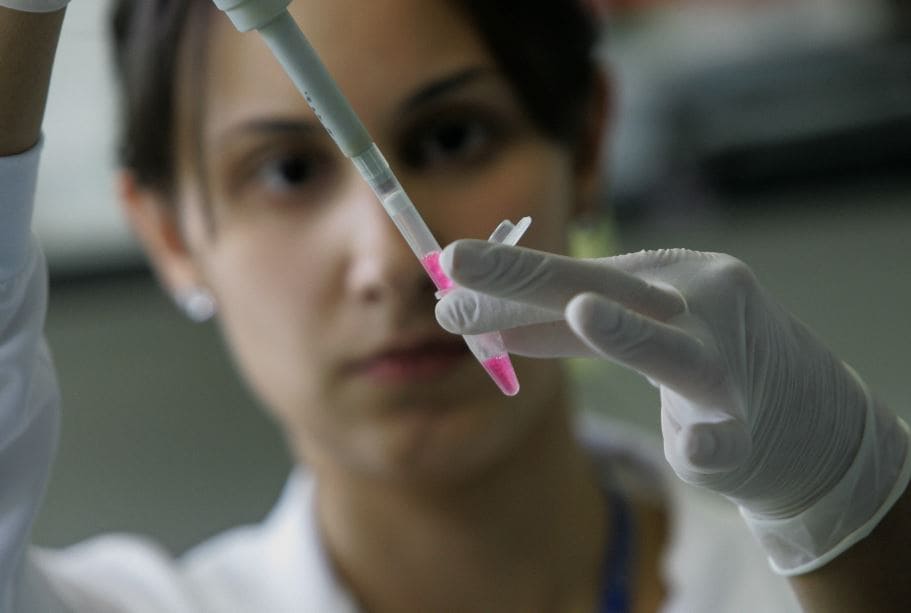
Stem cells are regenerative cells that form the basis of regenerative medicine. Adult stem cells are found in the average human body and embryonic stem cells are found in embryos. Advancements in stem cell research have resulted in a wide range of cures for major diseases. Stem cell researchers are continuing to make progress in many different areas of healthcare.
Adult Stem Cell Therapy
Adult stem cell therapy is the more widely accepted method over embryonic usage. Adult stem cells are used to treat different types of conditions from paralysis to damaged corneas. While doctors continue to make bone marrow transplants freely, research is ongoing to develop more treatments in the future.
The most common diseases are being studied, such as spinal cord injuries, strokes, blindness and neurodegenerative conditions. Heart doctors are researching the development of new heart muscle cells to reduce the risks of stroke and heart disease. Eye doctors are researching corneal transplants using stem cells to reverse blindness.
Choosing an innovative center that handles stem cell treatments is possible. Find variety in the conditions and patients treated at well-known places like the Glory Wellness Center and Weight Loss Clinic. Additionally, find doctors who genuinely believe in stem cell treatments and contribute to recent developments in research.
Straightforward Process
Transplanting adult stem cells is a simple, clear-cut process, mainly because cells are removed from the patient’s own body. The cells are taken from body fat using liposuction or bone marrow. Doctors use needles and syringes to make extractions without cutting open large sections of the body. In many cases, patients need only one treatment to get to the source of an injury or illness. The regenerative cells come into effect after a few weeks and give positive, long-lasting results.
At most centers, the transplantation procedure is fulfilled in four steps – preparation, isolation, activation and reentry. First, doctors remove fat tissue from the patient and isolate the stem cells. They use blood plasma to activate the cells and reintroduce them into the body. The cells are concentrated and enriched to restore old, damaged ones. The rejection rates by the body are low, and the recovery process is undramatic.
Any patient should be able to see the major advancements made in regenerative medicine. Stem cells are proven to restore lost bodily functions, and many patients already benefit from the use of adult stem cell therapy. Interested candidates should set up a consultation and see if they qualify for a procedure.
Emma Sturgis
Recent Posts
- Castor Oil For Better Hair Growth: Is It Myth Or Fact?
- Exploring the Differences Between Sermorelin, Ipamorelin, Ibutamoren, GHRP2, and GHRP6: Understanding Their Role in Human Growth Hormone Regulation
- Unraveling the Mystery: Understanding the Causes and Prognosis of Ventricular Tachycardia Without Apparent Heart Disease
- Understanding Grandparents’ Rights in Oklahoma: Navigating Visitation and Legal Protections
- 10 Reasons to Consider Hypnotherapy for Your Health

